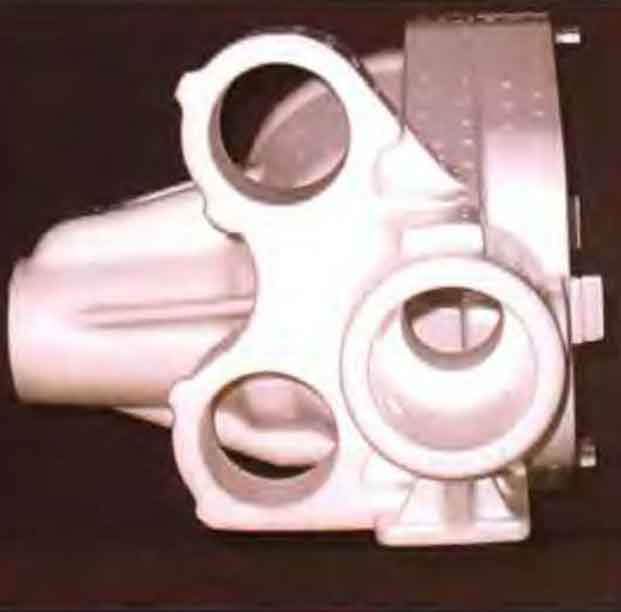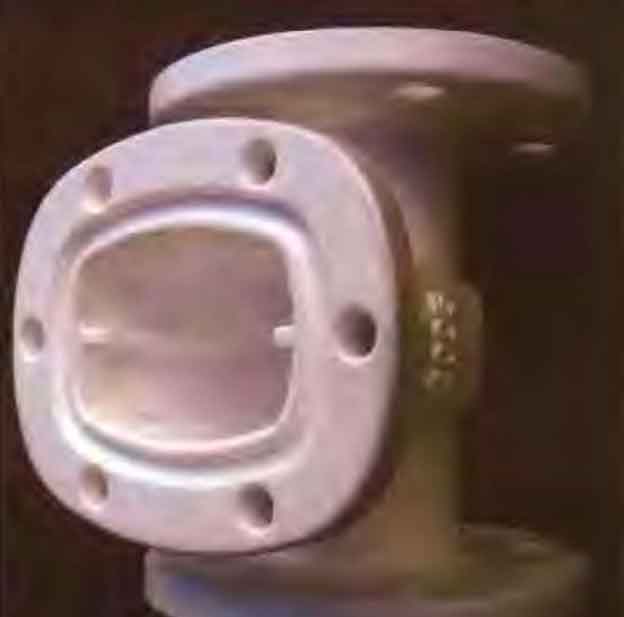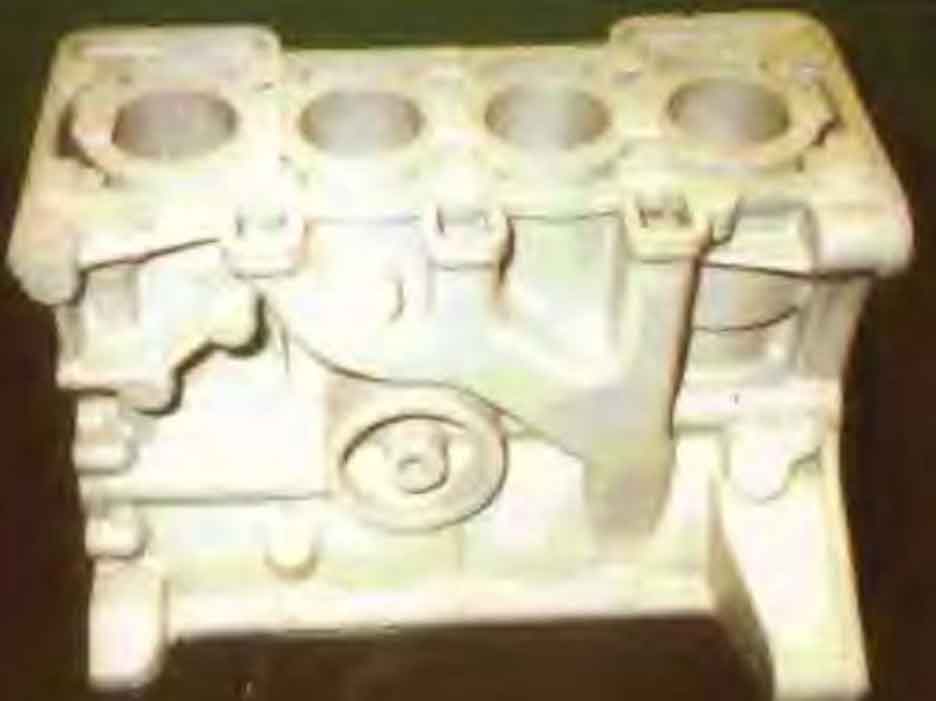(1) Type of alloy used
Theoretically, any metal that can be used for casting can be used for lost foam casting. From the production practice, lost foam casting can cast any metal material commonly used in the foundry workshop. At present, in China, lost foam casting technology is mainly used for the casting of gray cast iron, nodular cast iron, special cast iron, aluminum alloy, special cast steel, low carbon steel, ordinary carbon steel and stainless steel.
The production practice shows that the ductile iron castings with high melting point poured by lost foam casting technology not only have no flash and burr on the surface, but also rarely have sand sticking, which is easy to clean, and the surface quality is much higher than that of sand castings.
(2) Typical castings with successful application
In sand casting, the size of the casting is limited by the magnetic spacing, because the size of the magnetic pole directly determines the size of the sandbox. For lost foam casting technology, the size of castings is limited by the size of sandbox. Sandboxes with different sizes can be placed on the same shaking table, so in theory, castings of various sizes can be poured by lost foam casting technology. However, due to the low strength of the foam pattern, the uneven dry sand flow in the process of vibration compaction is easy to deform, and the casting of large profile castings will be very difficult. Therefore, considering all kinds of factors, the casting with pouring weight no more than 2T and wall thickness no less than 4mm is suitable for lost foam casting.
Starting from the process characteristics, since there is no need to consider the structural process problems related to the casting parting surface, draft angle and core, lost foam casting technology is especially suitable for castings with complex structure and difficult parting modeling. Therefore, lost foam casting provides a new production way for those castings that are not easy to separate, take mold and lower core in ordinary sand casting. For the castings with more complex structure, larger machining allowance and more sand cores, the more significant economic benefits and advantages of lost foam casting are.
At present, the castings with successful application of lost foam casting technology include: cast steel valve body, valve cover (as shown in Figure 1), ball valve body, valve cover and other valve castings; Casing castings such as differential housing (as shown in Figure 2), gearbox housing and motor housing; pipe fitting; Support castings; Intake and exhaust pipes; Cylinder head castings such as single cylinder engine cylinder and compressor cylinder (as shown in Figure 3); Rear axle casting; Bucket teeth, rack and other engineering machinery parts; Engine crankshaft and other crankshaft parts; Brake disc, brake drum and other brake system castings.



